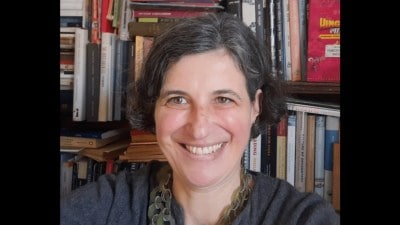Casting the first stone
Tension marks the installation of a Thiruvalluvar statue in Bangalore
Eighteen years after it was first installed,it looks like Bangalore might finally get to glimpse Tamil poet-saint Thiruvalluvars graven image. So much Tamil pride is bound up with the sainted Thiruvalluvar; and much Kannada pride hinges on countering Tamil grandiosity. Naturally,the statue has been shrouded in controversy. But given that corporation polls are right round the corner,and many wards are heavily populated with Tamil speakers,this move makes electoral sense for the Yeduriyappa government. Bangalore was not prepared to unveil the statue without reciprocation a statue of the Kannada poet Sarvajna in Chennai. And so the statue sat there for years,heavily guarded and wrapped in gunny sacks,on a plinth in the middle of a traffic circle. Now that political consensus has been hammered out,the Valluvar statue is set to be unveiled on August 9 and the Sarvajna statue goes up on August 13. Except,its not that easy. Kannada Chaluvali Vatal Paksha and other regionalist cultural and political organisations have announced that they will not let the statue go up without raising hell,and have called for a city-wide bandh on that day. The state government will want to ensure that Karnatakas newfound association with vigilantism isnt extended then.
Troubles between Karnataka and Tamil Nadu run deeper than Cauvery waters. Their long-simmering linguistic rivalry recently manifested itself in a war for classical status (Team Kannada is aggrieved at Team Tamils claim of greater antiquity,claiming that the richness of Kannada literary achievements merits that it be declared classical. In fact,both derive from a proto-Dravidian language.) Resource disputes like Hogenakkal only sharpen the competition. After the Rajkumar kidnapping,Veerappans ransom demands included three major things: that Cauvery water be immediately released to Tamil Nadu and Tamils affected by the 1991 water riots be compensated,and that the Thiruvalluvar statue finally be uncovered.
Statues make powerful statements about their time and context. They can be abiding symbols of civic pride or relics of a long-ago past .The toppling of statues is the Kodak moment for historical change. The Karnataka-Tamil Nadu statue saga though is something else altogether. It is a monument to intransigent identity politics,the squabbles that can erupt out of apparent nothings and feed into a vast and pointless animus.



- 01
- 02
- 03
- 04
- 05




























